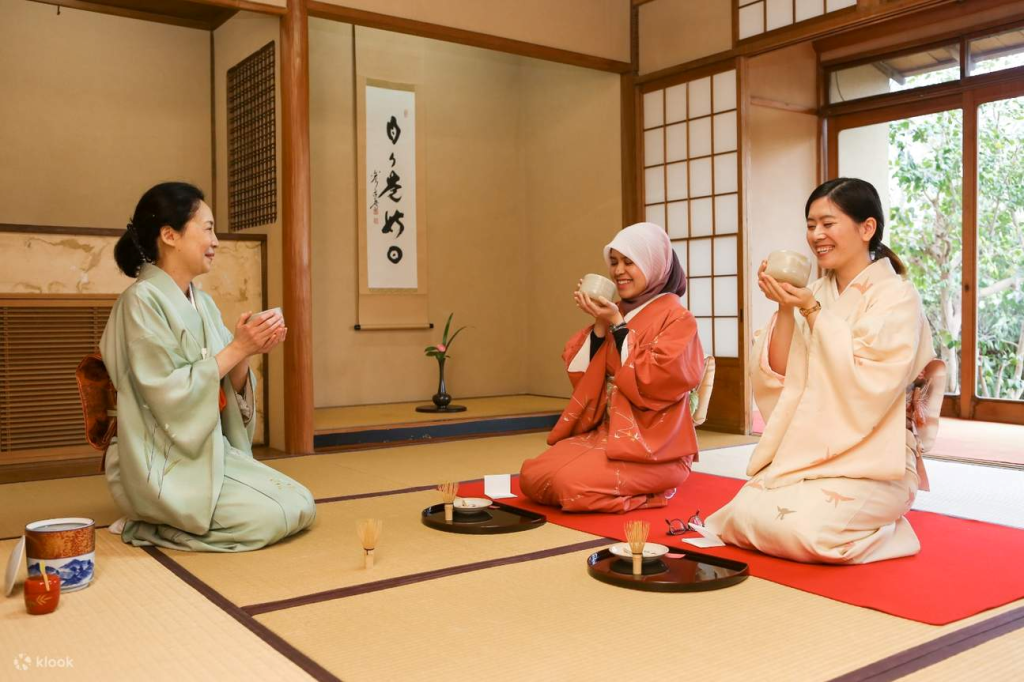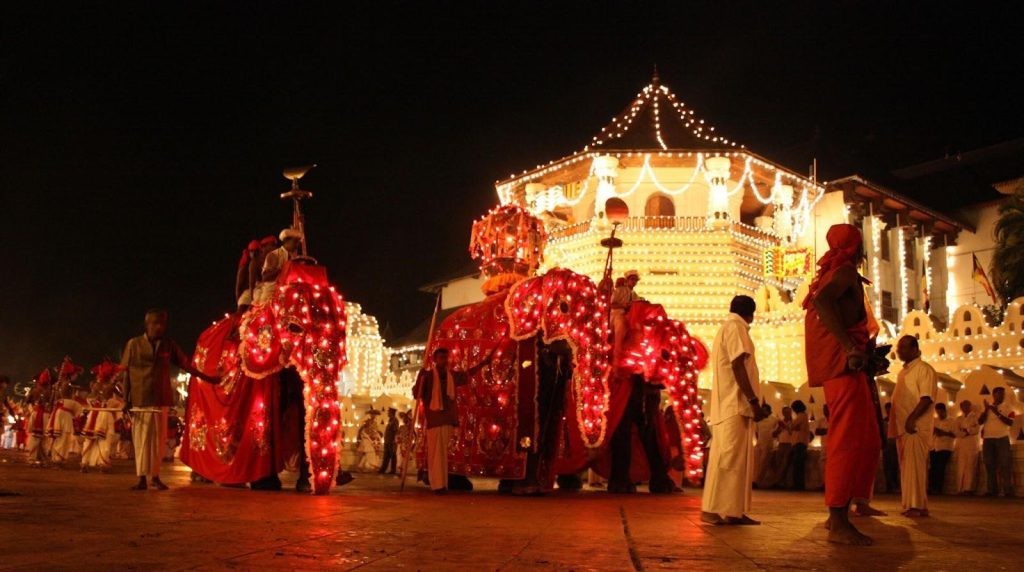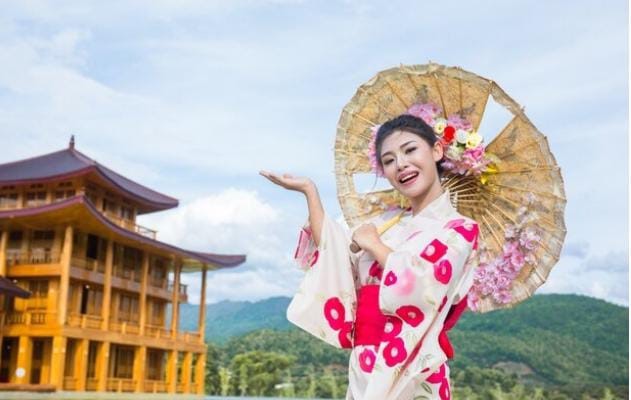According to a study by the Japanese Ministry of Health, Labor, and Welfare (2021), the dressing code of Japan is highly influenced by traditional and cultural norms. The traditional dress code in Japan is known as “Kimono”. Kimonos are full-body garments that are wrapped around the body and fastened with a obi (sash) and come in a variety of colors, patterns, and styles. They are most commonly worn by women, but men can also wear them on special occasions.
However, in modern times, the majority of Japanese people dress in western-style clothing such as shirts, pants, skirts, and dresses, and kimonos are typically only worn for formal events or traditional festivals.
In many workplaces, there is a dress code, and people tend to dress conservatively and professionally, with suits and ties for men and dresses or skirts for women.
In general, it is considered important to dress appropriately and modestly in Japan, and to avoid clothing that is too revealing or casual. This is especially true in religious and cultural sites, where visitors are often asked to dress modestly out of respect for the local customs and traditions.





